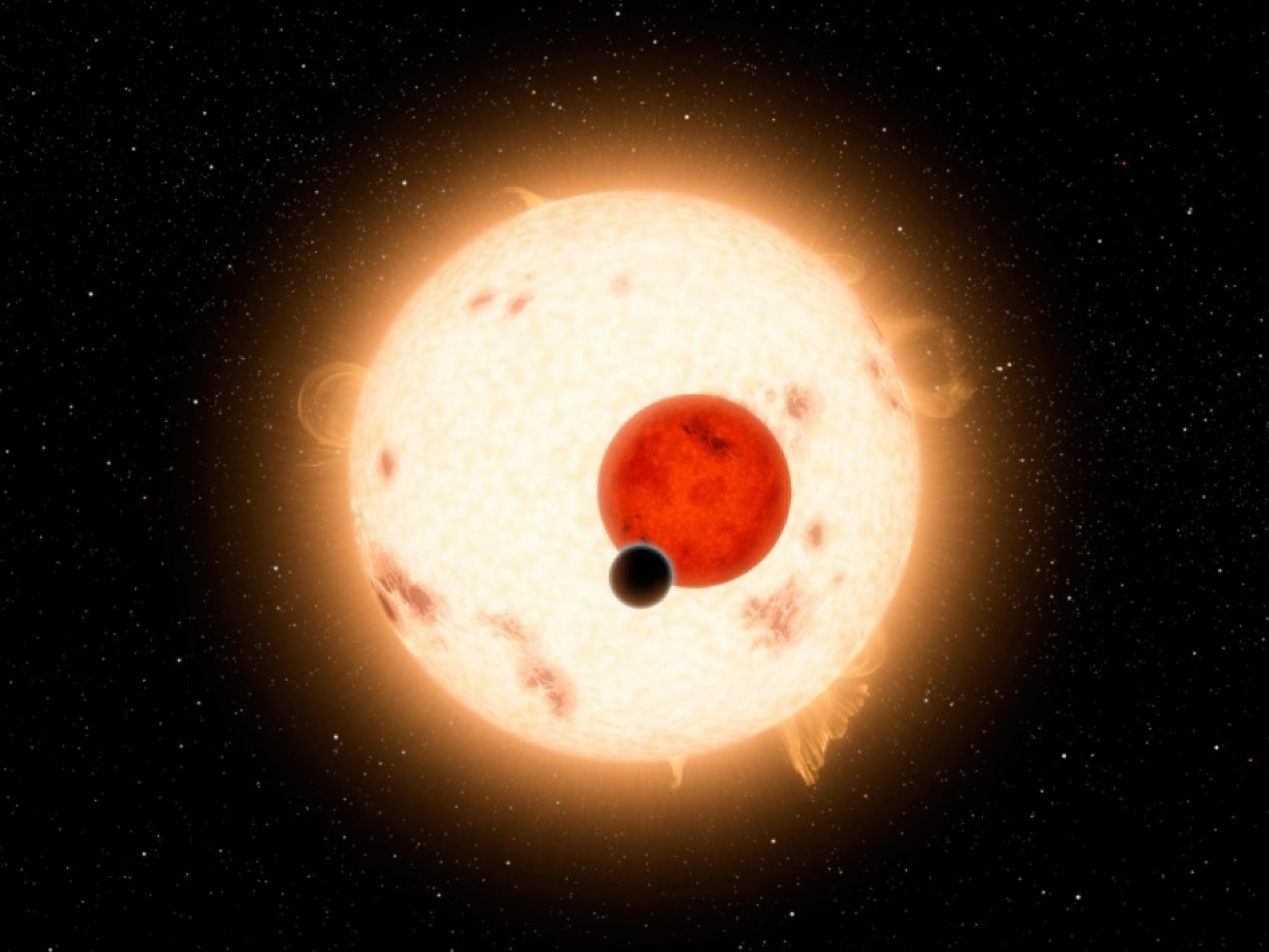Kepler-16b: George Lucas’ Portrayal of Double Sunset Becomes Scientific Reality
What was projected in the iconic movie saga, Star Wars, by American filmmaker George Lucas has been revealed as a scientific fact by NASA's Kepler mission. For the first time, scientists have discovered the existence of a circumbinary planet -- a planet orbiting two stars, 200 light years from Earth.
Although there have been previous researches that hinted the existence of circumbinary planets before, no clear confirmation was obtained till date.
Known as Kepler-16b, the new planet detected by Kepler has a pair of orbiting stars that eclipse each other from our vantage point on Earth. When the smaller star partially blocks the larger star, a primary eclipse occurs, and a secondary eclipse occurs when the smaller star is occulted, or completely blocked, by the larger star.
However, unlike Star Wars' Tatooine, the planet is cold, gaseous and not thought to harbor life, but its discovery demonstrates the diversity of planets in our galaxy.
This discovery confirms a new class of planetary systems that could harbor life, Kepler principal investigator William Borucki stated. Given that most stars in our galaxy are part of a binary system, this means the opportunities for life are much broader than if planets form only around single stars. This milestone discovery confirms a theory that scientists have had for decades but could not prove until now.
Furthermore, the astronomers observed that the brightness of the system dipped even when the stars were not eclipsing one another, hinting at a third body.
The additional dimming in brightness events, called the tertiary and quaternary eclipses, reappeared at irregular intervals of time, indicating that the stars were in different positions in their orbit each time the third body passed. This showed that the third body was circling, not just one, but both stars, in a wide circumbinary orbit.
Check out the images of the Kepler-16b planet below:

© Copyright IBTimes 2024. All rights reserved.





















